Found 34 movies, 5 TV shows, and 0 people
Can't find what you're looking for?

Excavation demonstrates James Cagle’s engagement with structural filmmaking. More specifically it's an example of a "flicker film". Composed of both still photographs and live footage, Excavation employs extremely short-shot juxtapositions to create disorienting collisions of imagery. For Cagle, this film symbolized a personal exploration of, in his words, “techniques and ideas that have accumulated over the years, but had been without expression for one reason or another.” A dynamic visualization of his thoughts, it “excavates” both the private workings of his inner world, and also the material components of filmmaking.
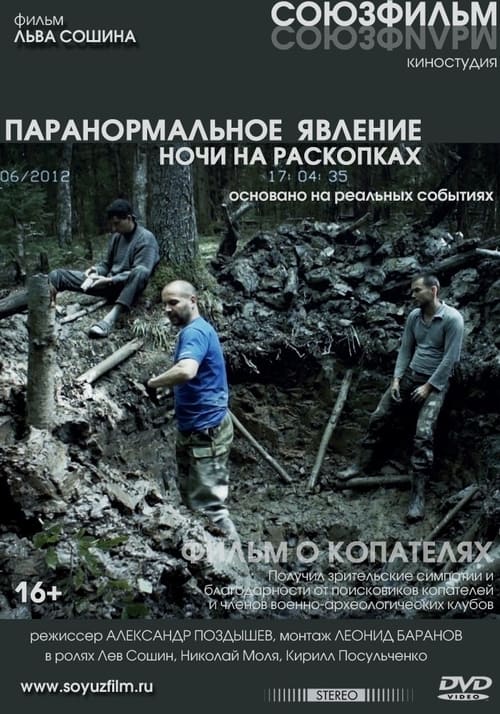
A group of searchers and diggers went in search of trophies and various military swag buried in places of heavy fighting of the Second World War. The guys climb into ruined places where, according to rumors, diggers have already disappeared, in the hope of finding a lot of valuable things. But sometimes it’s better not to bring up the past...

Excavation – a short dance film featuring dancer Ella Posti and an excavator in a duet. This piece delves into the relationship between the human body and the machine, showcasing how both can simultaneously embody immense power and delicate sensitivity.
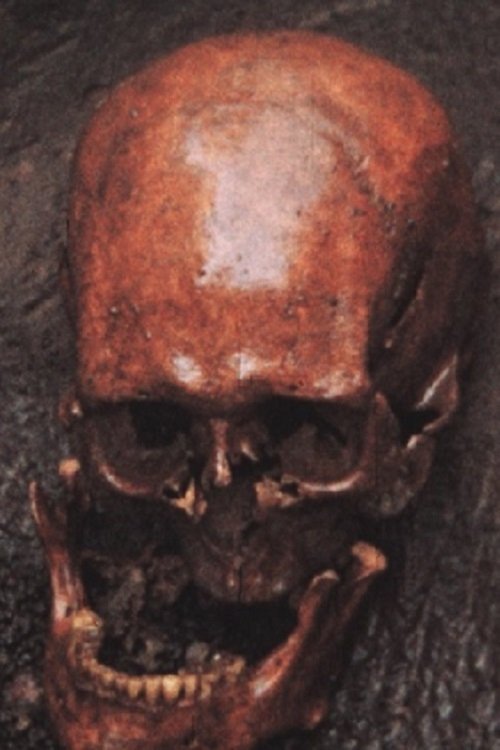
This documentary focuses on the archaeological excavations at Skálholt in 1954 when the sarcophagus of bishop Páll Jónsson (bishop 1195-1211) was unearthed.
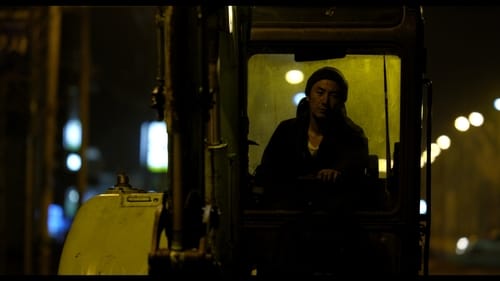
20 years after discharge from the army and now an excavator driver, a former paratrooper who had been mobilized to suppress the May 18th Democratic Uprising in Korea in 1980, happens to find a skull in the ground one day. Driving his excavator, he pays visits to his former superiors one by one and realizes they were all both assailants and victims of the times.

In 2014, 45 crates of looted antiquities were discovered at Geneva Freeport in a warehouse belonging to disgraced antiquities dealer Robin Symes. They contained tens of thousands of archaeological remnants worth around £7 million. Three of the crates were sent to forensic archaeologists Dr Christos Tsirogiannis and Dr Vinnie Norskov for research. An Excavation documents Tsirogiannis and Norskov’s investigation into a series of vases from the Geneva Freeport crates. Made in the 4th century BC by Apulian artisans, these vases remained buried in tombs for 2500 years before they were clandestinely excavated from their now irrecoverable contexts. The objects’ journeys through the hands of looters, smugglers, restorers and dealers are counterpointed by the hand-painted stories that adorn them. Made for burials, the vases depict scenes from the underworld – forensic and mythological narratives start to intertwine.
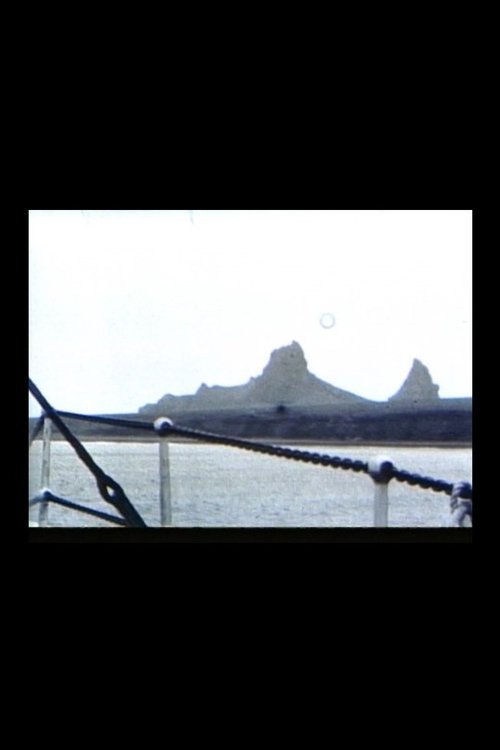
Dr. Ales Hrdlicka at work on excavations at the old village site, Dutch Harbour in the Aleutian Islands.
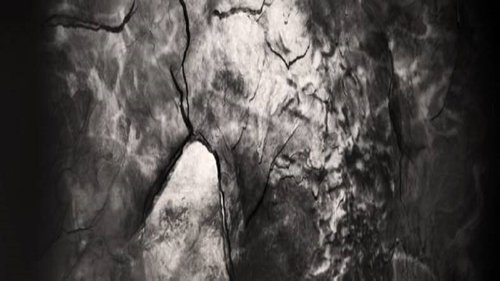
The shadows of Napoleon’s army fall upon their boat traveling through the mysterious cave named after Marie Jeanne, a female soldier who fought in the Haitian Revolution. It is this battle inside her cave that will become the most successful slave revolution in history.

A panoramic shot of New York City's Pennsylvania Station during its construction, filmed 19 July 1905, includes narrow gauge railway action.

Pink Excavation is Natasha Lall's first feature length film. With Lall as the narrator and cameos from local queers Mina Baird and Junie Latte, this DIY film explores the preservation of queer histories in Glasgow, 2518. Pink Excavation sees Lall excavate 90s-00s technological relics that are outdated in the 2500s and become frustrated at their lack of understanding on how to access information from these ancient technologies. Upon interactions with an archaeologist and a ghost Lall discusses whether or not the poor archiving of LGBT culture has a positive impact on the queer community. The film is a lo-fi, sci-fi contemplation on the pros and cons of queer visibility.

The recent work of Lynn Marie Kirby can be understood as a way of using seemingly transcendent aesthetic forms to achieve a deeper form of immanence…While Kirby is clearly an heir to the legacies of formalist modernism in film and video art, her work moves through this trajectory and back again. Like earlier experimental filmmakers, Kirby employs painterly abstraction, the radical condensation of time, and the direct registration of space on the material substrate of the medium. But she almost always uses formal schemas in order to return to the things themselves. Kirby examines the uniqueness, irreducibility, and the emotional ramifications of the particular moment, locating the palpable residues of the everyday. But like later, more systematic filmmakers such as Gehr, Akerman, and Snow, Kirby attends to the larger patterns, repetitions, and reversals that organize both perception and our lived experience.
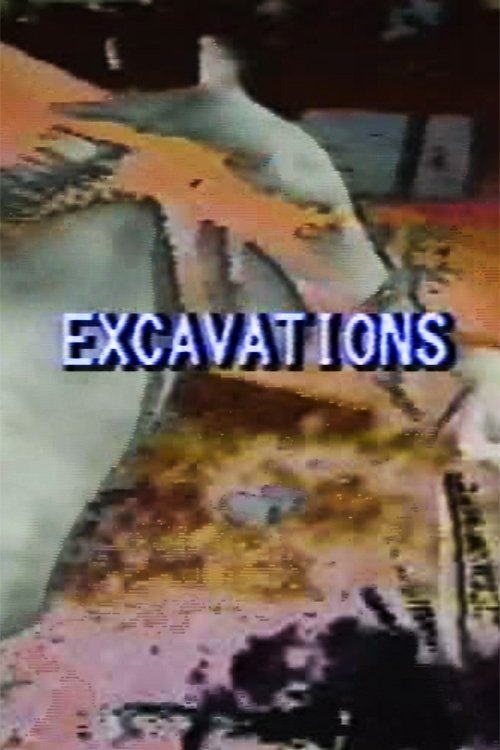
Excavations was shot in Israel, and portrays a culture concerned with rediscovery and renewal. -ETC
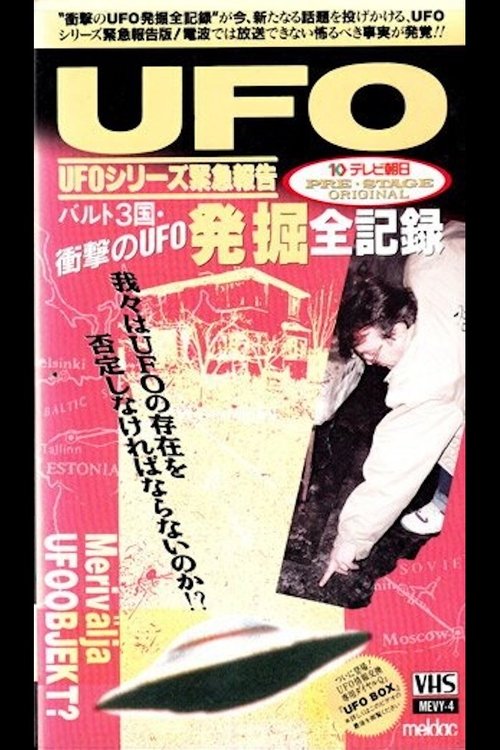
Estonia has been in the limelight as a tourist attraction in the EU in recent years. A UFO buried underground found in the small village of Moreveni when Estonia was unknown! A valuable documentary that TV Asahi challenged to unravel the truth!

A lost newsreel with a self-evident title. One of the first films made on the territory of modern Belarus.
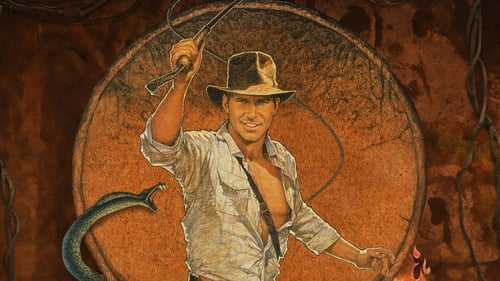
When Dr. Indiana Jones – the tweed-suited professor who just happens to be a celebrated archaeologist – is hired by the government to locate the legendary Ark of the Covenant, he finds himself up against the entire Nazi regime.
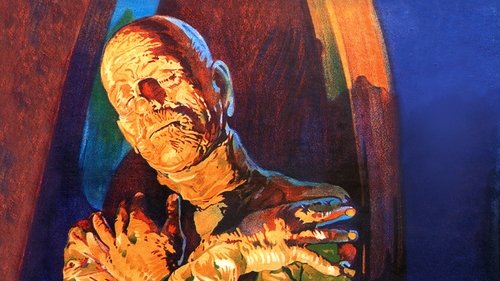
An ancient Egyptian priest named Imhotep is revived when a British archaeological expedition finds his mummy and one of the researchers accidentally reads an ancient life-giving spell. Imhotep escapes from the field site and searches for the reincarnation of the soul of his lover.
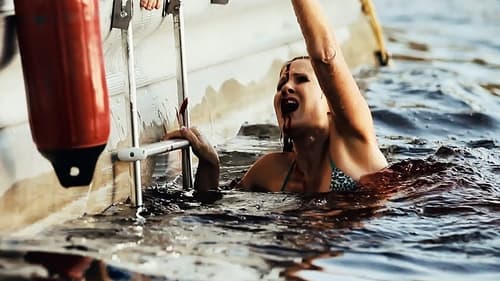
A Marine Biologist is assigned to investigate the mysterious deaths of some marine life in an inland salt water lake that has been attributed to a creature thought to have been the stuff of a legend.
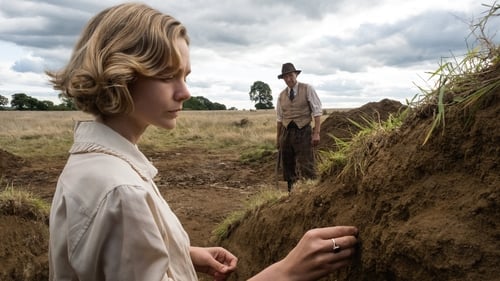
As WWII looms, a wealthy widow hires an amateur archaeologist to excavate the burial mounds on her estate. When they make a historic discovery, the echoes of Britain's past resonate in the face of its uncertain future.
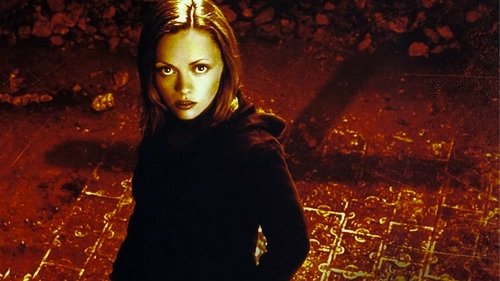
Itinerant traveler Cassie Grant comes out of a car accident in Glastonbury, England, with partial memory loss. The deeply regretful driver allows her to convalesce at a large rural home, where she becomes friends with the woman's stepson, Michael. As Cassie delves into Michael's research about an old, newly discovered area church, it triggers some strange premonitions and offers gradual clues about her deeper links to this British community.
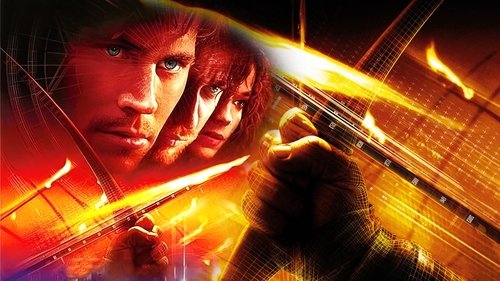
A group of archaeological students become trapped in the past when they go there to retrieve their professor. The group must survive in 14th century France long enough to be rescued.

Thanks to new excavations in Mauritius and Madagascar, as well as archival and museum research in France, Spain, England and Canada, a group of international scholars paint a new portrait of the world of piracy in the Indian Ocean.
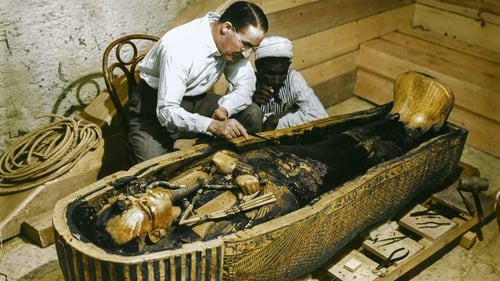
The BBC version of "King Tut In Color" documentary. A century after the world’s most exciting archaeological find - the tomb of Tutankhamun - we can witness the dramatic scenes of its discovery and marvel at its extraordinary treasures exactly as they were then, in colour.
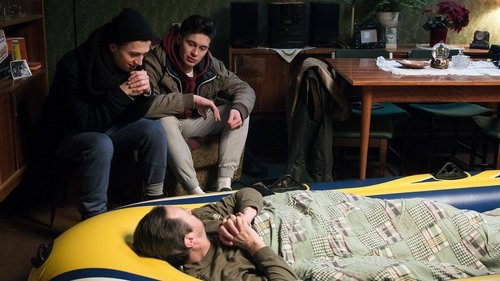
As a son deals with his own struggles, he must calm his father's obsession with fishing before his outlandish behavior ruins the entire family.
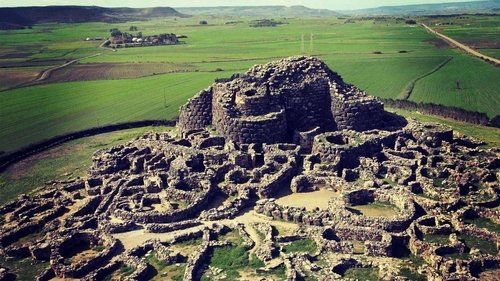
No description available for this movie.
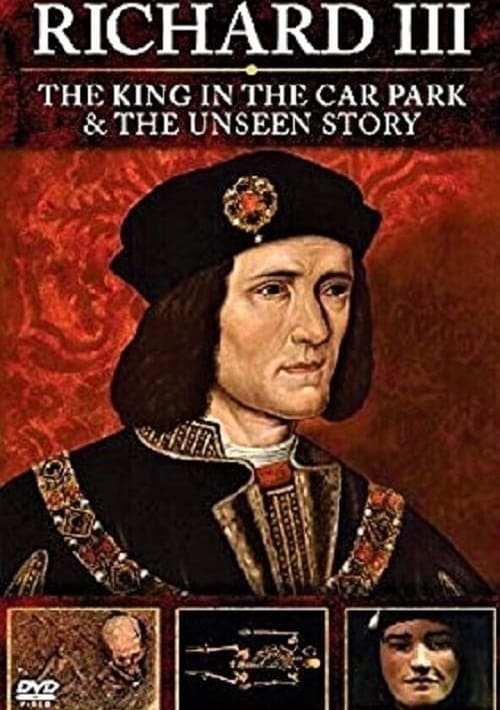
In this special follow-up programme, the only television team with access to the dig and the scientific tests on the skeleton uses unseen footage and conducts two days of additional interviews to tell this extraordinary forensic detective story in even greater scientific and archaeological detail.

As part of a high-tech forensic probe into the demise of Egyptian Pharaoh Tutankhamun, scientists use X-rays and CT scans as they attempt to reach a conclusion about just how this famed king died. In addition, they explore the mysterious curse on explorers linked to Tut's tomb excavation.

The extensive excavation work that followed the discovery of five Viking ships in Roskilde Fjord. Many problems had to be solved before the wreckage of the ships could be taken away for final conservation.
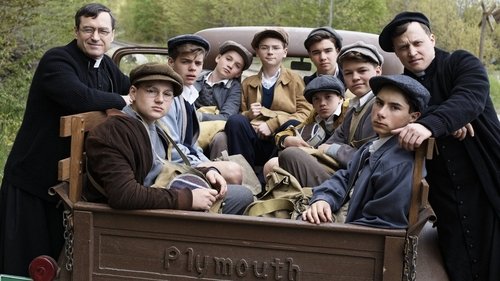
Boys' college in eastern Quebec at the end of the 1940s. Brother Jean is not a teacher like the others. He wants to interest his students in the subject and to achieve this, he conducts archaeological excavations with his students aimed at proving the establishment of a Viking colony (Vinland) on the coast of the Saint Lawrence. The superiors of his congregation do not appreciate his unconventional ways of teaching. Without knowing it, Brother Jean will have a significant impact on the lives of his students, particularly in that of Émile, a young man who is having difficulty at school and who would prefer to abandon his studies to go work in a factory.
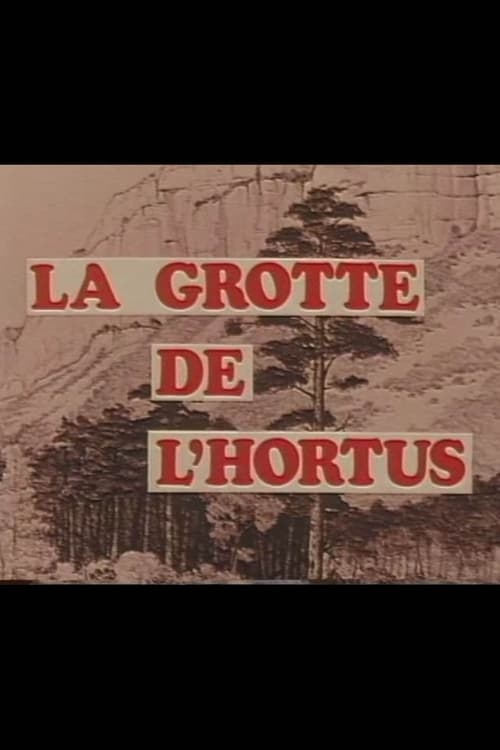
No description available for this movie.
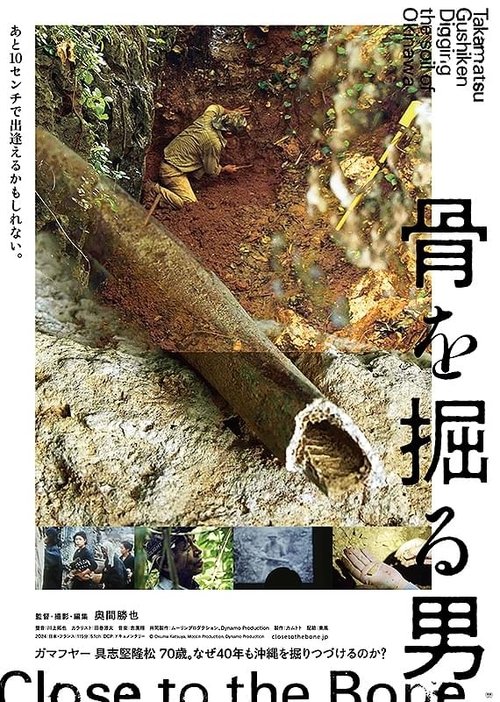
No description available for this movie.
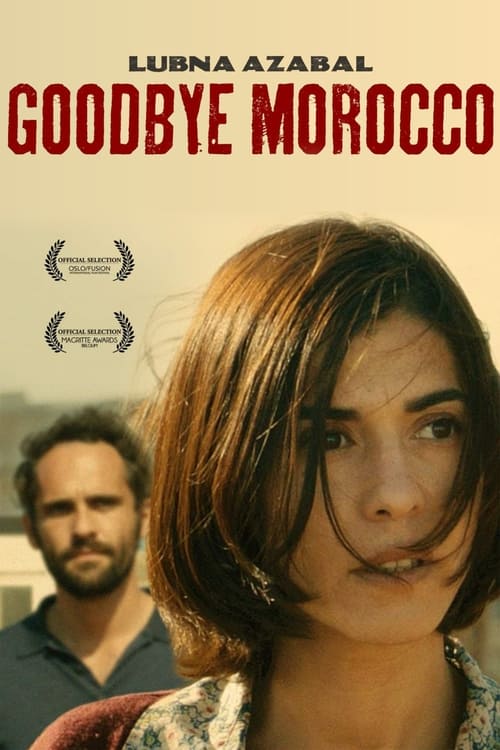
Tangier. Dounia decides to sell on the black market the antiques uncovered on the building site she manages. She hopes to raise enough money to be able to leave Morocco with her son, who she hardly ever sees since her divorce. The death of a worker disrupts her plan...
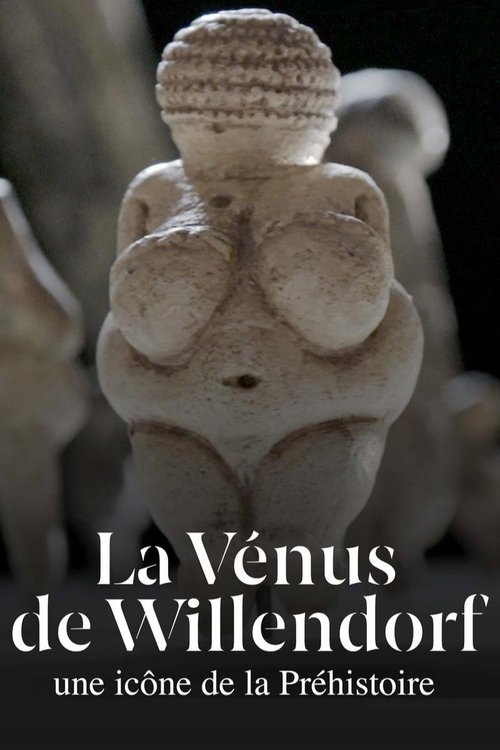
Paleolithic: a mysterious and enigmatic period. Hard to grasp from today's point of view. How did people live then, how did their communities function? What does the statue of the Venus of Willendorf tell us about them? ... The Venus of Willendorf, an ingeniously crafted 29,000-year-old statue of a woman, is a naked and sensual witness to the early Stone Age. Who does he represent? Is it a real depiction of a woman or an ideal? Is it a tribute to women mothers? Analysis of the famous statue and other archaeological finds from Austria and the Czech Republic shows that Paleolithic life was more diverse than previously thought, including the role of women, who very likely performed the same activities as men. They were hunters of big game and guardians of ancient knowledge. Take us back 29,000 years to people who were a lot more like us than we think.

An archaeological team from an Ivy League school discover something unexpected in their remote forest excavations of an ancient Native American site.

The film delves into the work processes of an archaeological team from the Aranzadi Science Society at the San Adrián Tunnel site. Interspersing this observation with archival materials, the film explores the relationships between archaeology and museography, as well as the different ways in which these two practices produce the displacement of objects.